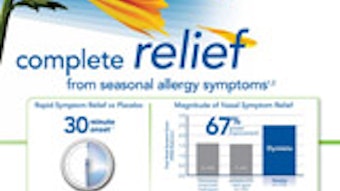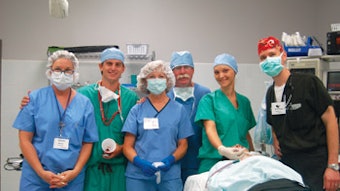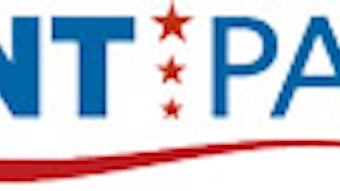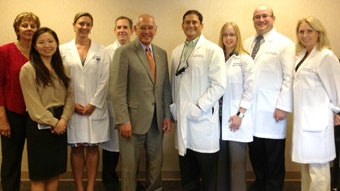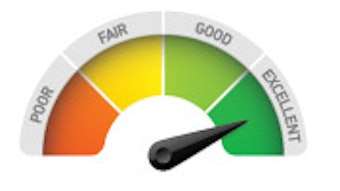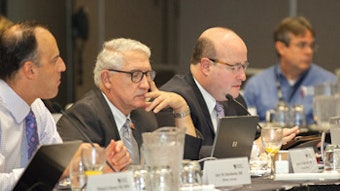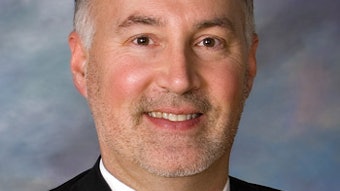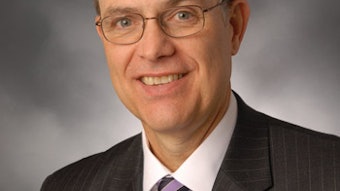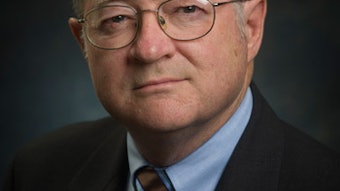Farewell and Thanks to Gregory W. Randolph, MD, AAO-HNSF Coordinator for International Affairs, 2009-2013
After serving a four-year term as International Coordinator, Gregory W. Randolph, MD, is stepping down to be succeeded by James E. Saunders, MD, former chair, Humanitarian Efforts Committee and 2013 awardee of the Humanitarian Award. Our thanks go to Dr. Randolph for his tireless efforts to build up and promote the Academy’s international program among Academy members with international contacts. Dr. Randolph transformed the International Steering Committee into a high-performing operational committee by appointing outstanding Academy leaders as Regional Advisors, who act as liaisons to the International Corresponding Societies in their regions. Several past presidents are among the Regional Advisors: G. Richard Holt, MD, D-BE, MSE, MPH (Middle East), David W. Kennedy, MD (Europe), K.J. Lee, MD (Pacific Rim), Eugene N. Myers, MD, FRCSEd (Hon.) (the Balkans, Greece, and Turkey), and James L. Netterville, MD (Africa). On Dr. Randolph’s watch, International Fellows and Members of the Academy are now number 1,200 from 93 countries and the International Corresponding Societies (ICS) network has grown to 54 societies on six continents. New corresponding societies include those of El Salvador, Honduras, Kenya, Nicaragua, Paraguay, South Africa, and the College of Surgeons of East, Central and Southern Africa (COSECSA.) Dr. Randolph is among those who generously supported the International Visiting Scholars. Since 2008, 37 scholars from 18 countries have attended our annual meetings and take part in observerships. To show the extent of the Academy’s involvement in advancing the specialty around the globe, Dr. Randolph launched the first Global Health 2010: Your Academy around the World at the Annual Meeting & OTO EXPO in Boston, MA, with eight “Goodwill Ambassadors” from Australia, Germany, Haiti, New Zealand, Serbia, UAE, Venezuela, and Zimbabwe, introduced by their Regional Advisors. Since then the Global Health event has taken place annually with speakers from 30 countries. Dr. Randolph will continue to be active in international organizations. He worked closely with Professor Chong-Sun Kim and his organizing committee on the recent World Congress of the International Federation of Oto-Rhino-Laryngology Societies (IFOS) in Seoul, Korea, June 2013, and is now on the IFOS Executive Board and the Otolaryngology Education Committee, planning for the 2017 World Congress in Paris.
After serving a four-year term as International Coordinator, Gregory W. Randolph, MD, is stepping down to be succeeded by James E. Saunders, MD, former chair, Humanitarian Efforts Committee and 2013 awardee of the Humanitarian Award. Our thanks go to Dr. Randolph for his tireless efforts to build up and promote the Academy’s international program among Academy members with international contacts.
Dr. Randolph transformed the International Steering Committee into a high-performing operational committee by appointing outstanding Academy leaders as Regional Advisors, who act as liaisons to the International Corresponding Societies in their regions. Several past presidents are among the Regional Advisors: G. Richard Holt, MD, D-BE, MSE, MPH (Middle East), David W. Kennedy, MD (Europe), K.J. Lee, MD (Pacific Rim), Eugene N. Myers, MD, FRCSEd (Hon.) (the Balkans, Greece, and Turkey), and James L. Netterville, MD (Africa).
On Dr. Randolph’s watch, International Fellows and Members of the Academy are now number 1,200 from 93 countries and the International Corresponding Societies (ICS) network has grown to 54 societies on six continents. New corresponding societies include those of El Salvador, Honduras, Kenya, Nicaragua, Paraguay, South Africa, and the College of Surgeons of East, Central and Southern Africa (COSECSA.)
Dr. Randolph is among those who generously supported the International Visiting Scholars. Since 2008, 37 scholars from 18 countries have attended our annual meetings and take part in observerships.
To show the extent of the Academy’s involvement in advancing the specialty around the globe, Dr. Randolph launched the first Global Health 2010: Your Academy around the World at the Annual Meeting & OTO EXPO in Boston, MA, with eight “Goodwill Ambassadors” from Australia, Germany, Haiti, New Zealand, Serbia, UAE, Venezuela, and Zimbabwe, introduced by their Regional Advisors. Since then the Global Health event has taken place annually with speakers from 30 countries.
Dr. Randolph will continue to be active in international organizations. He worked closely with Professor Chong-Sun Kim and his organizing committee on the recent World Congress of the International Federation of Oto-Rhino-Laryngology Societies (IFOS) in Seoul, Korea, June 2013, and is now on the IFOS Executive Board and the Otolaryngology Education Committee, planning for the 2017 World Congress in Paris.
